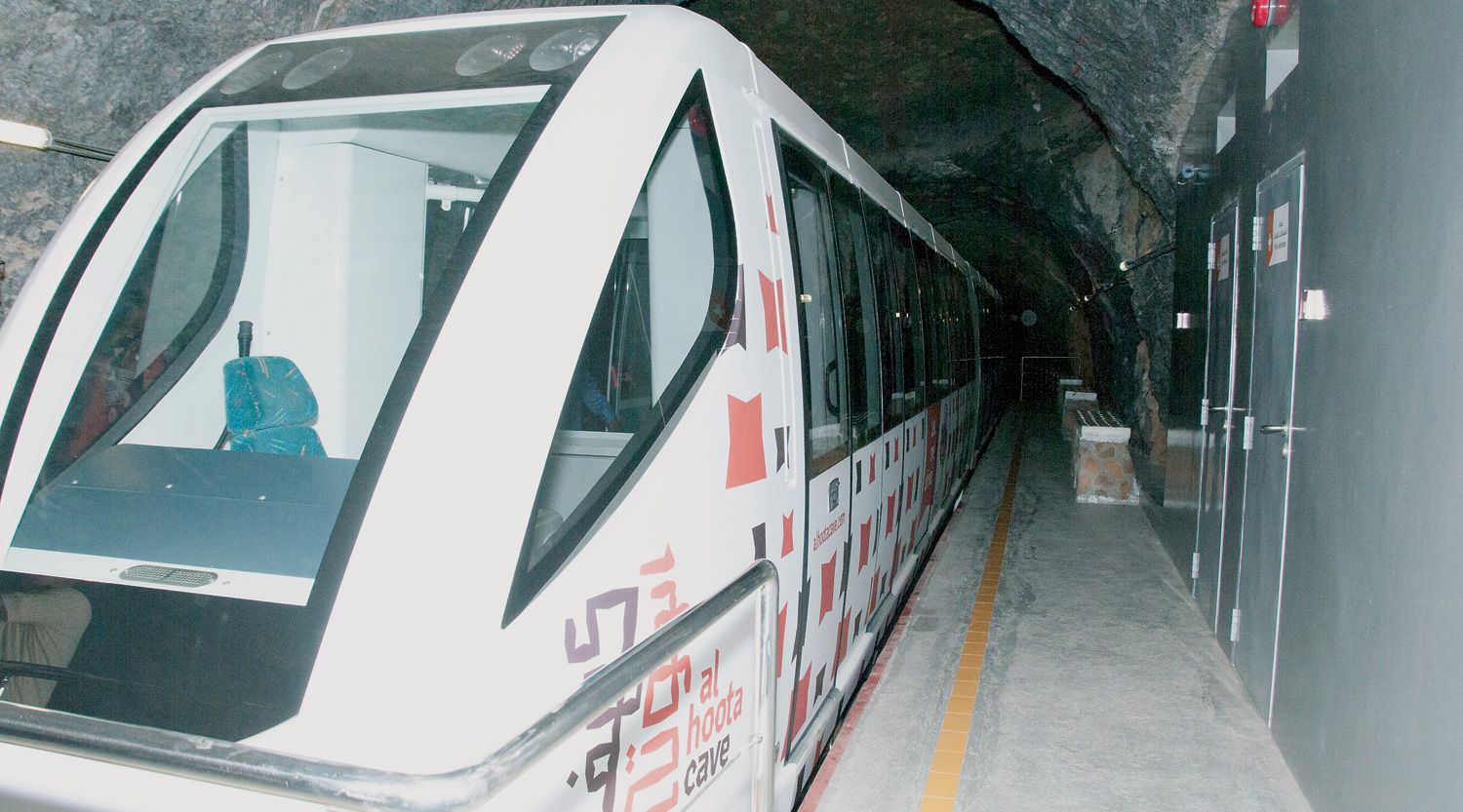

MUSCAT, May 1 - Al Hoota Cave has been a source of many myths and stories. The caves are an important source for discovering many ancient writings and historical documents that have contributed to changing many of the beliefs and ideas of the society. Like many countries around the world, the Sultanate has a large number of caves, some of which can be found near water spa and water sources. According to the latest statistics, there are more than 2,000 caves in the Sultanate, located under the ground or between the mountain slopes, forming a unique geological and climatic phenomenon.

Many of these caves have already obtained an international reputation namely Cave of Majlis Al Jin (Qurayat), Abu Hiban (Dima W’attayeen), Al Kitan Cave (Ibri), Garnan Cave (Izki), Teeq Cave (Salalah). Several researches indicate that locals, especially those who used to live in the mountainous areas, had previously used caves as safe shelters from vagaries of the weather and protected them from the dangers of predatory animals. Scientifically, caves are formed as a result of the melting of the rocks by the groundwater. For those who are passionate to watch the real environment of Omani caves, they can head to Al Hoota Cave which is located in the Wilayat of Al Hamra, about 250 km from Muscat.
The authorities were succeeded in investing this unique natural site.
This distinctive tourist attraction offers tours to the heart of the cave; the journey lasts about half an hour. The tourist can identify the geological formations and the biodiversity on the site.
The tour guide, who is leading hundreds of visitors each day, points out that the nature structure of the cave took millions of years. The magnificent rocky formations were formed by nature factors namely rain, humidity and heat.

In their way to explore the cave, visitors can reach up to the water lake where a wide range of ‘Blind Fish’ live. Locals called them ‘Blind Fish’ because they lost their sight as they live in a dark environment.
The cave site has an exhibition hall which contains many biological and geological items. The first trip by the electricity train usually starts at 9:30 each morning. More than 700 visitors visit the cave each day.
The essential instruction from the official team is: ‘visitors must arrive at the ticketing office at least 15 minutes before allotted time.’
Visitors to this cave were glad to have the opportunity to be familiar about the cave’s geological style. They wish to implement the same experience in many other caves around the Sultanate. These kind of project might boost the eco-tourism field, a tour guide recommend.
Oman Observer is now on the WhatsApp channel. Click here



